As mentioned on the Government Sector page of this website, and as illustrated by the next three images, from a high-level perspective, the circular-flow model often is used to encapsulate how a free-market economy works. In the first image below, the circular-flow model is presented to depict the role of the International [Foreign] Sector in a [free-market] economy.
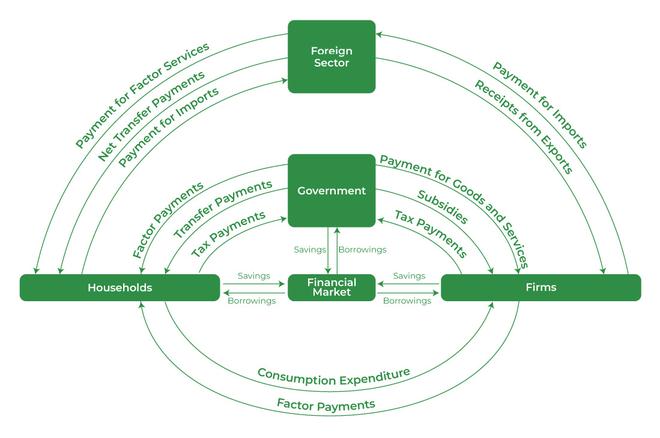

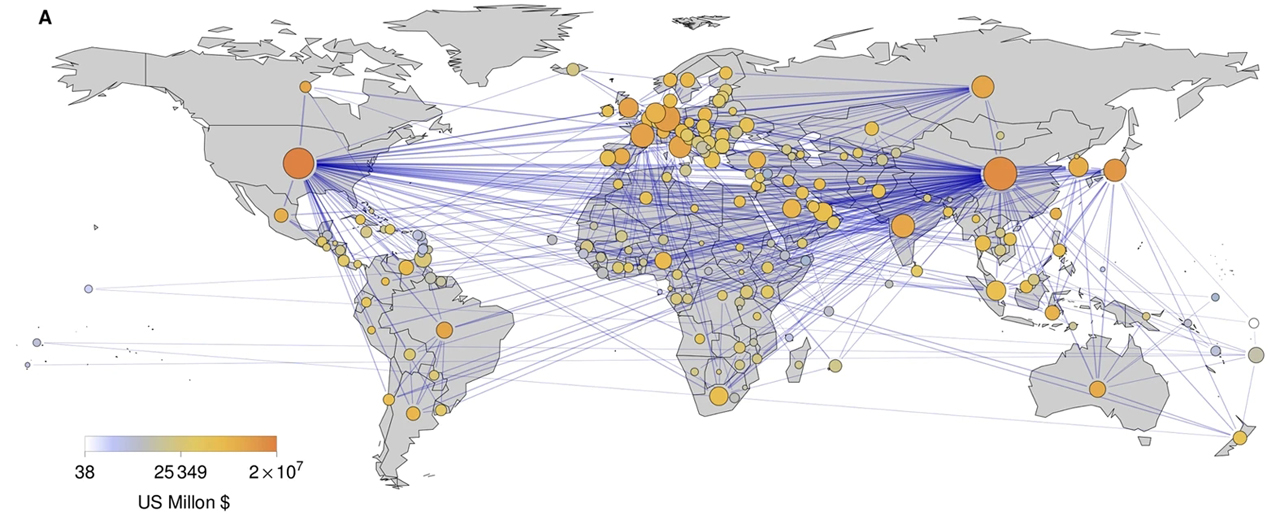
Watch (Atlanta Fed Goes to the Grassroots: PortMiami as Economic Engine)
The International Sector encompasses both international trade and foreign trade. Often the terms international trade and foreign trade are used interchangeably. The website Intradebook makes the distinction between the two terms as follows:
"International Trade
It is the set of studies and commercial operations between two or more countries where there is exchange of goods, services and/or capital.
Foreign Trade
It is the set of studies and commercial operations expressed in national rules, norms and laws.
Foreign Trade is executed by the State or Government and International Trade is exercised by companies and/or individuals and/or institutions. Therefore, when we study the Foreign Trade of a country, we are studying its rules, norms, laws and its commercial policy. And when we speak of International Trade, we are referring to exports and imports of goods, services and capital.
Export
It is the output of a commodity and/or service from a customs territory, generating a currency inflow (currency).
Import
It is the entry of a commodity and/or service into a customs territory, generating an outflow of currency (currency).
Customs Territory
The customs territory is understood to be the place duly authorized by the authorities of the exporting/importing country to operate in the liberalization of exports and imports."
International Trade Snapshot
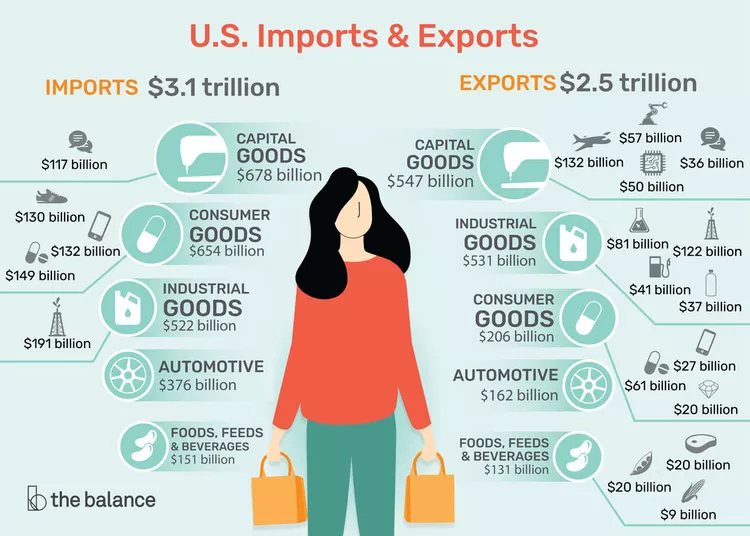
Foreign Trade Snapshot
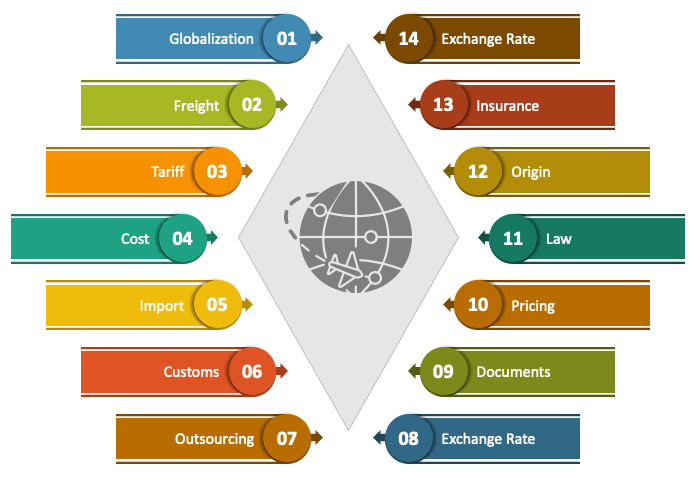
Intradebook also describes the three pillars of international trade (1. Market, 2. Routines, and 3. Logistics) as follows:
"In the MARKET we have all activities involving the product, design, packaging, brands, patent, weight, quantity, color, price, marketing, distribution channels, approvals and other more specific items.
In ROUTINES we have to know the export routines and export negotiation steps including export price formation, pro forma invoice, international freight contracting, international insurance contracting, customs clearance contracting, exchange contracting, commercial invoice, packing list and all the other steps of the export, which depend on the chosen INCOTERMS, the chosen method of payment and the mode of transport.
At LOGISTICS we need to select the best logistics partners, including not only international transport, but also insurance, currency exchange, customs brokers and other services necessary to make your export viable."
Watch (Introduction to the CBP Import Process • Video Developed by CBP)
A Pictorial Survey of the International Sector
The next bloc of graphics and videos provide a quick survey of the International Sector. They provide insights into the kinds of actions required to master the business of successfully navigating in the International Sector.
Watch (INTERNATIONAL TRADE AND BUSINESS FOR BEGINNERS | IMPORT-EXPORT BUSINESS)
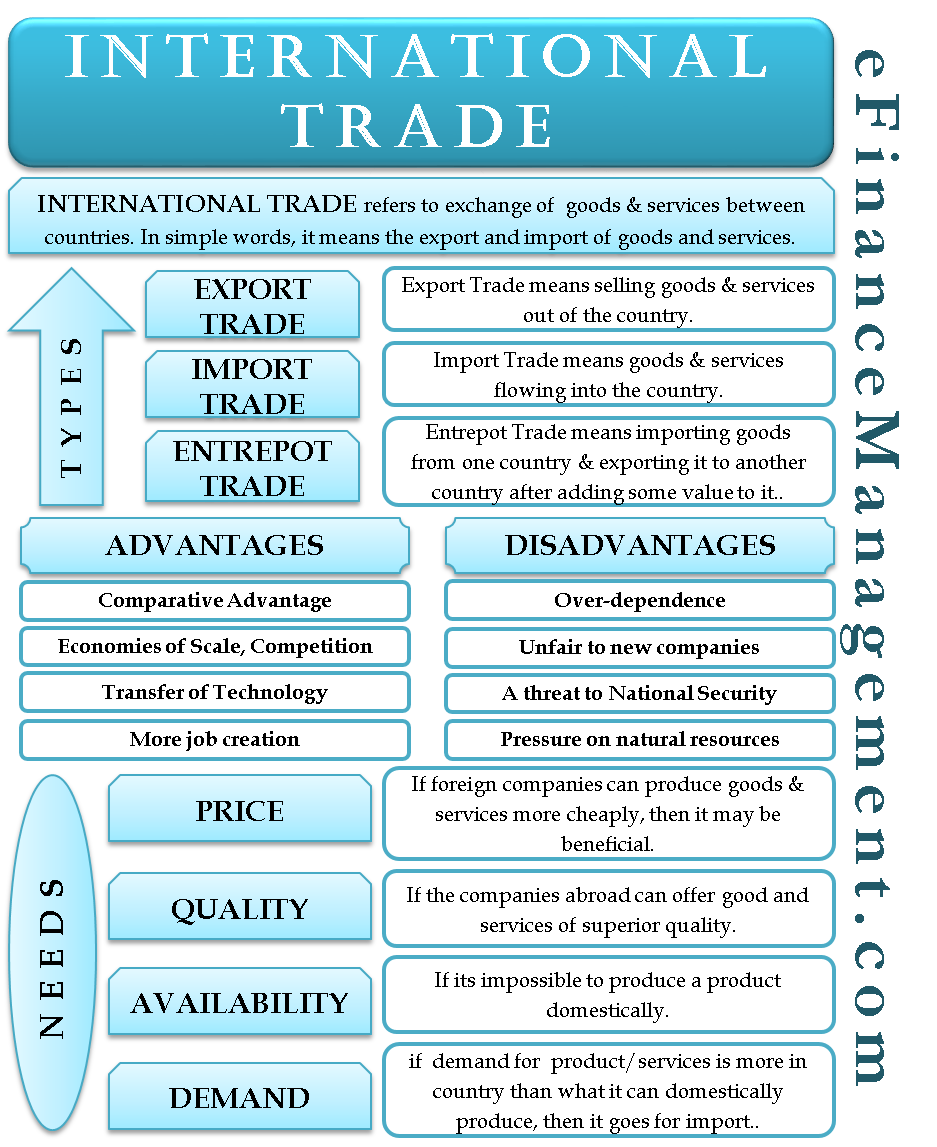
Watch (Manage Export Shipping Costs and Risk with Incoterms)
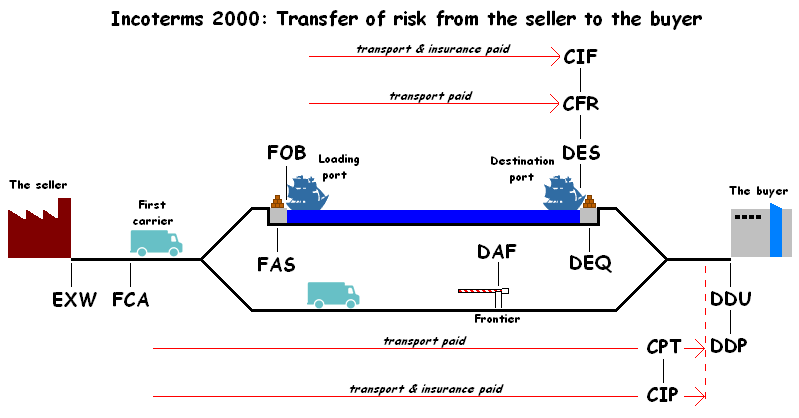
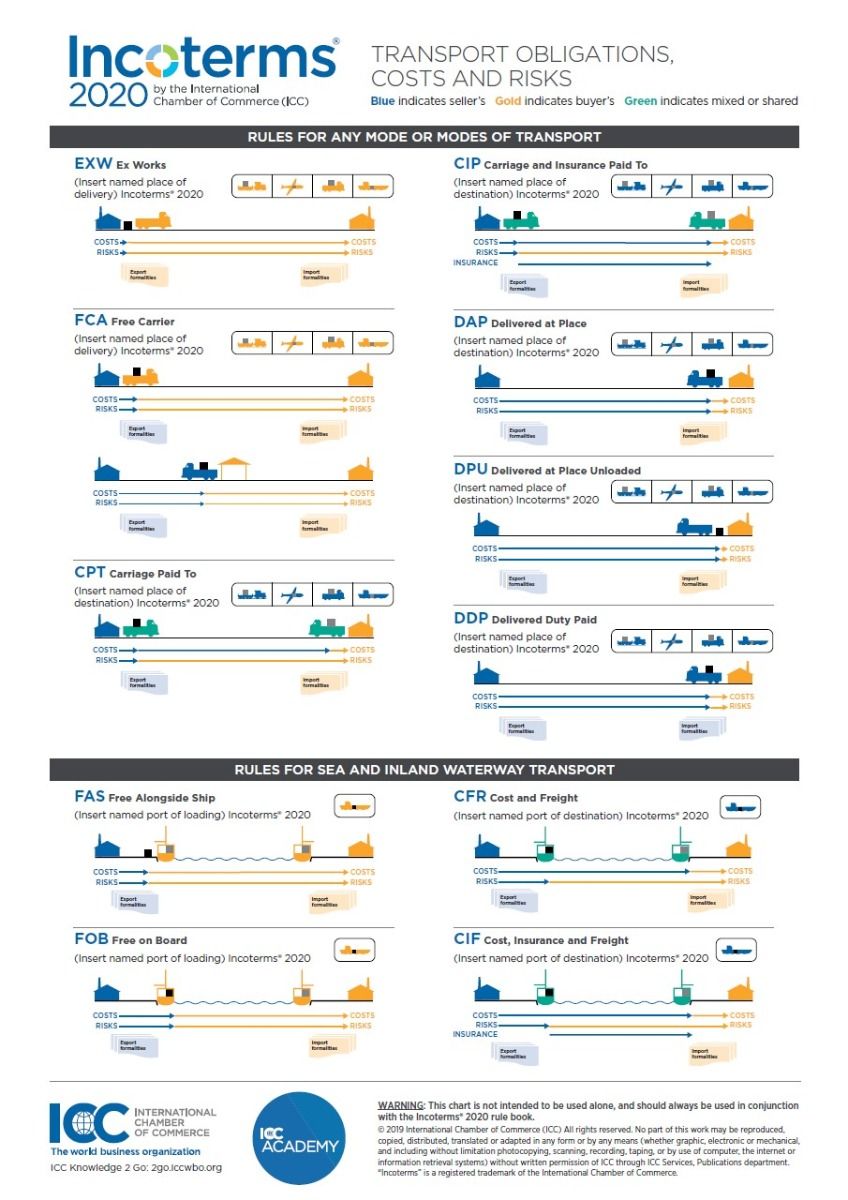
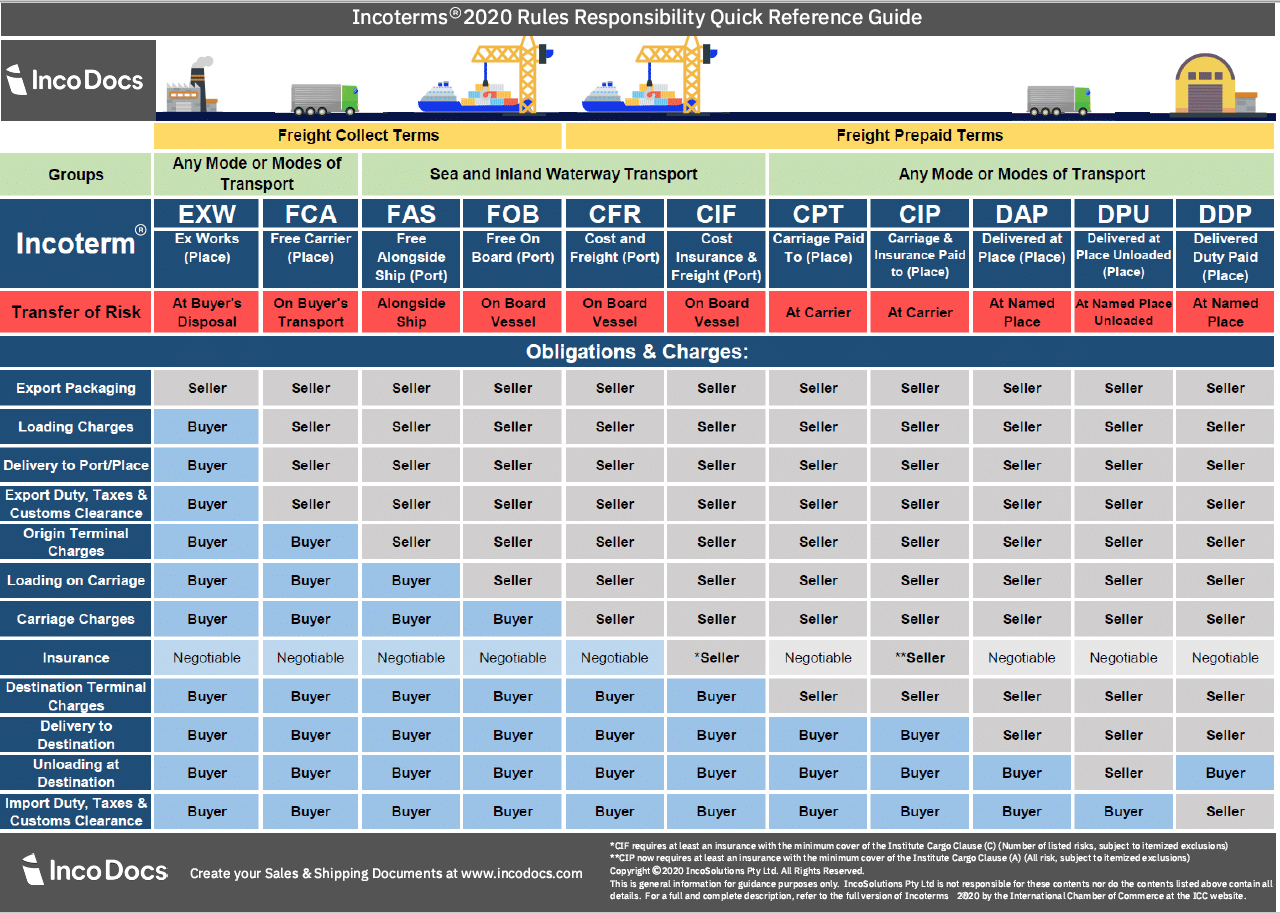
Watch (# International Payment Methods # by SN Panigrahi)
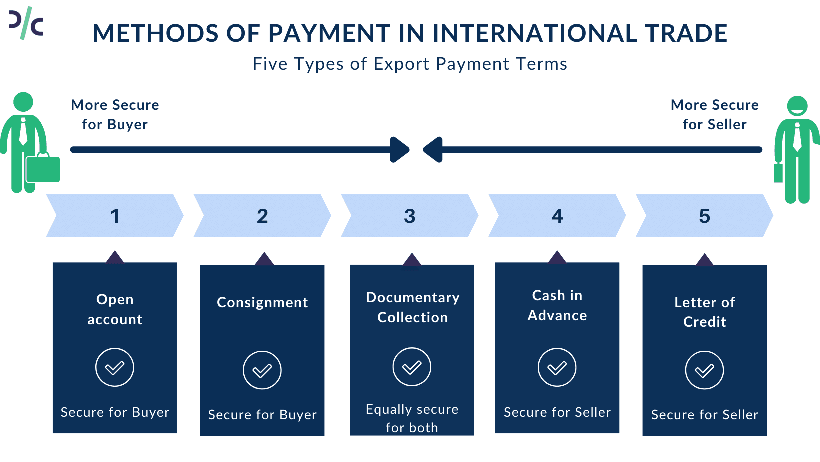 5 Payment Methods
5 Payment Methods
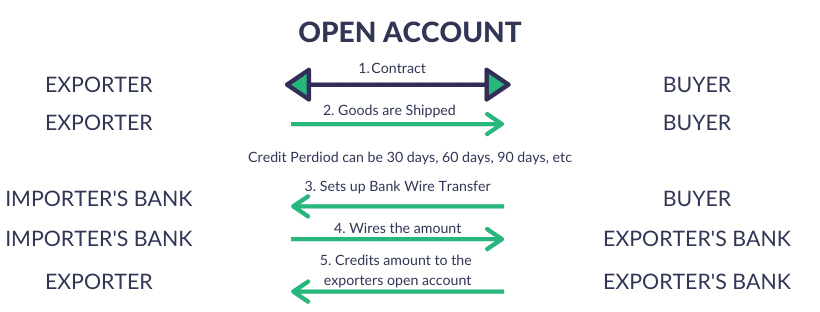 Method 1: Open Account
Method 1: Open Account
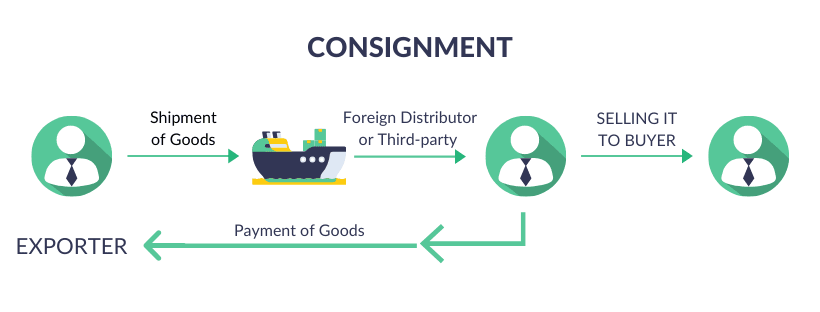 Method 2: Consignment
Method 2: Consignment
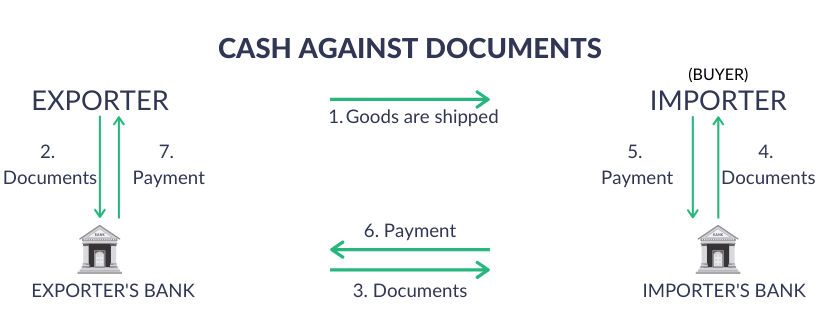
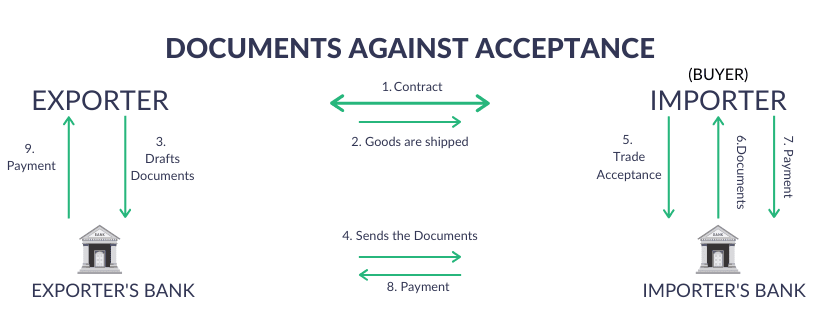 Method 3: Cash Against Documents/Documents Against Acceptance
Method 3: Cash Against Documents/Documents Against Acceptance
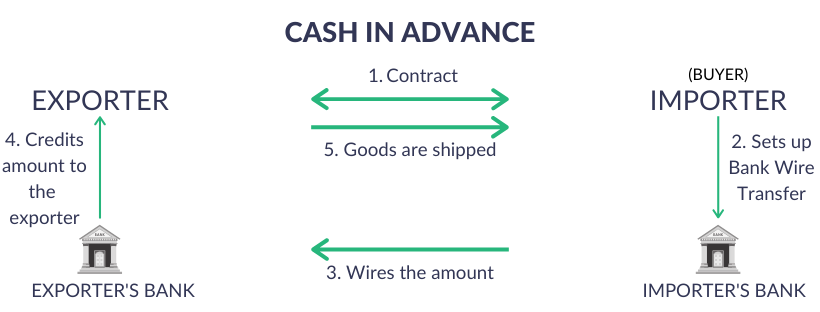 Method 4: Cash in Advance
Method 4: Cash in Advance
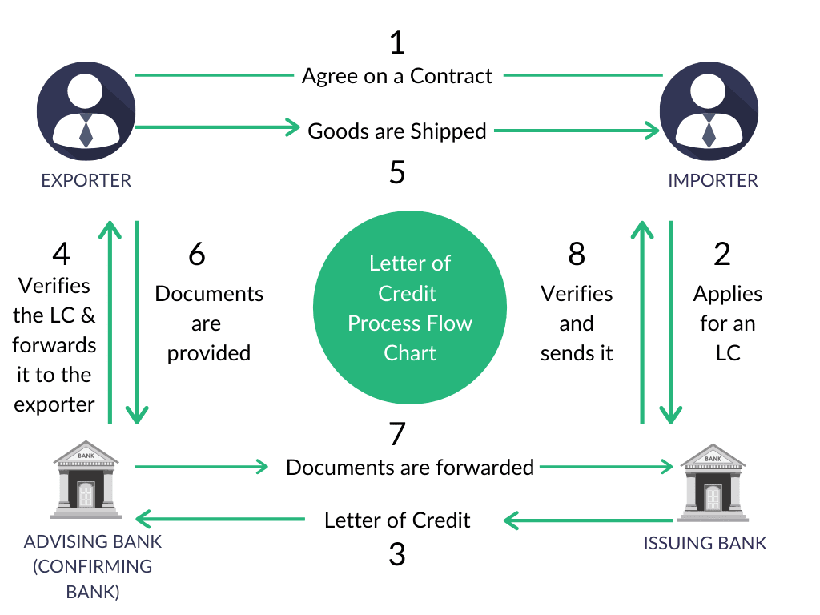 Method 5: Letter of Credit
Method 5: Letter of Credit
Global Export-Import Summaries
Within any given country, internal or domestic trade comes with far less bureaucratic requirements and oversight than does international trade. When it comes to trade between countries, effecting trade is a bit more cumbersome. The reason why is because there is an extra level of bureaucracy and a new cadre of players involved in the International Sector as illustrated by the next graphic.
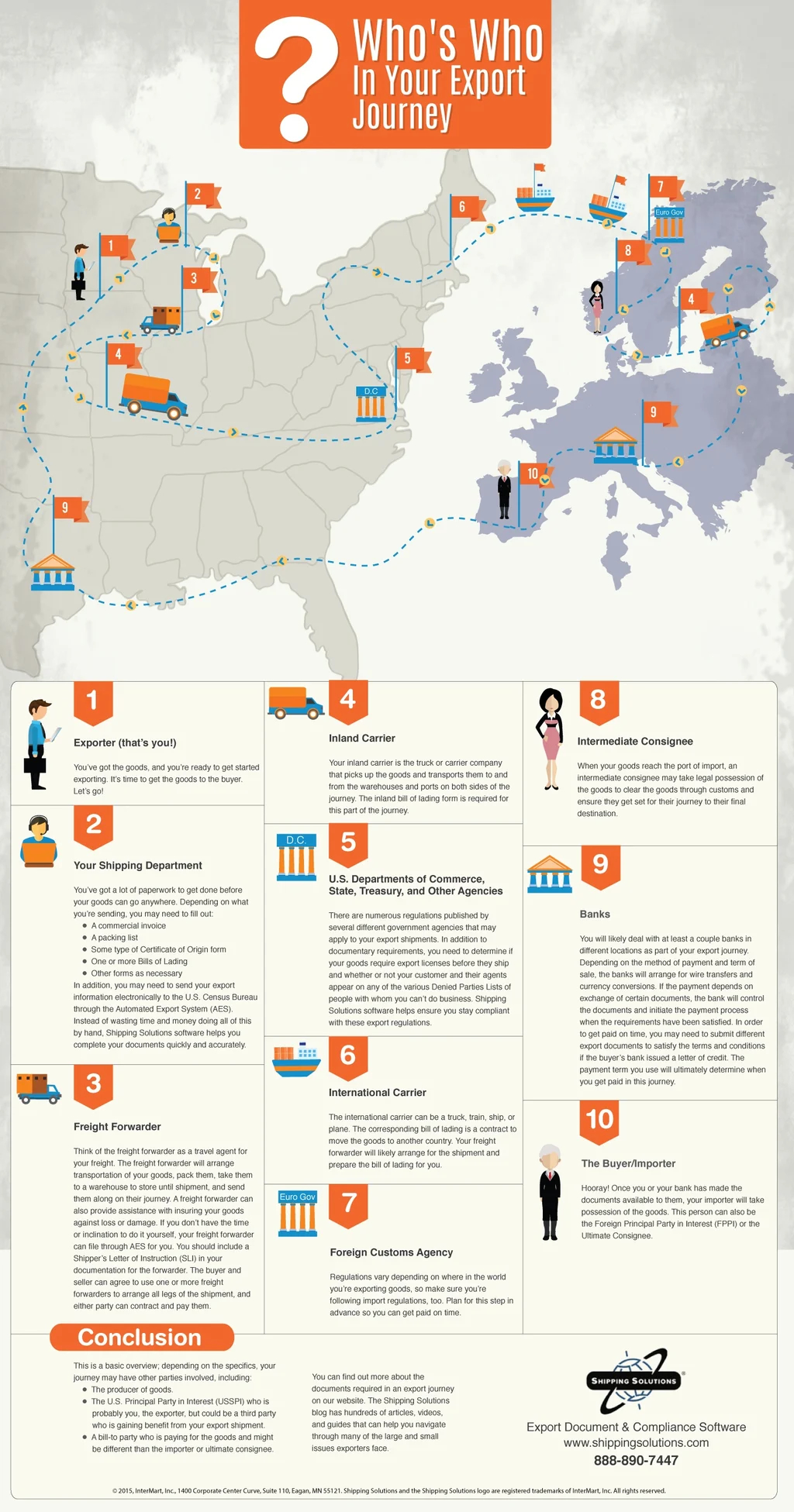
Despite all of the inherent challenges of international and foreign trade, the next three graphics demonstrate that the International Sector, indeed, is a booming sector on the same level with the other sectors mentioned on this website, that is the Private Sector, Social Sector, Government Sector, and Financial Sector. Globally speaking, the International Sector is expanding, not contracting. Newcomer entrepreneurs are welcome to join the export-import fray.
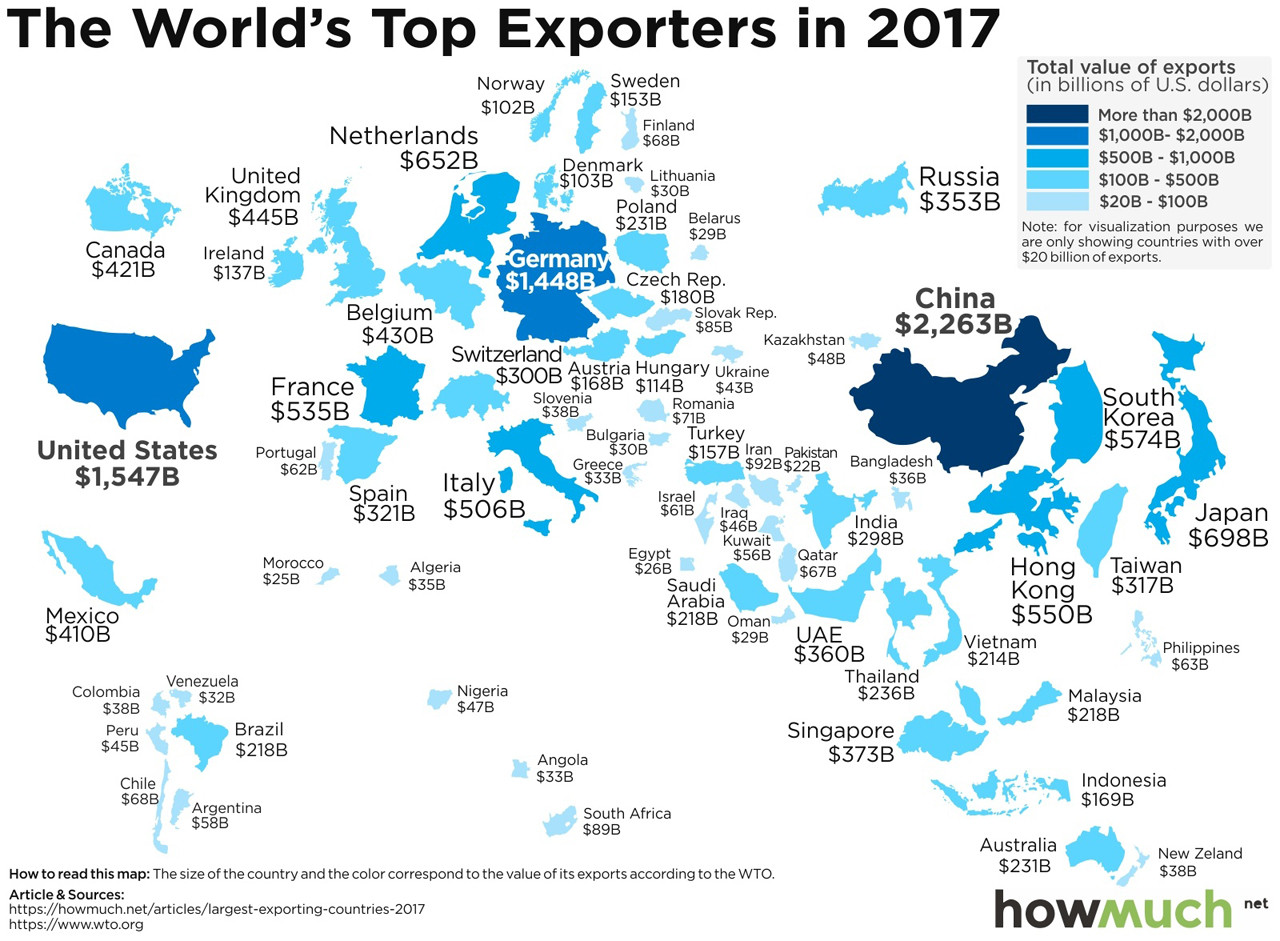
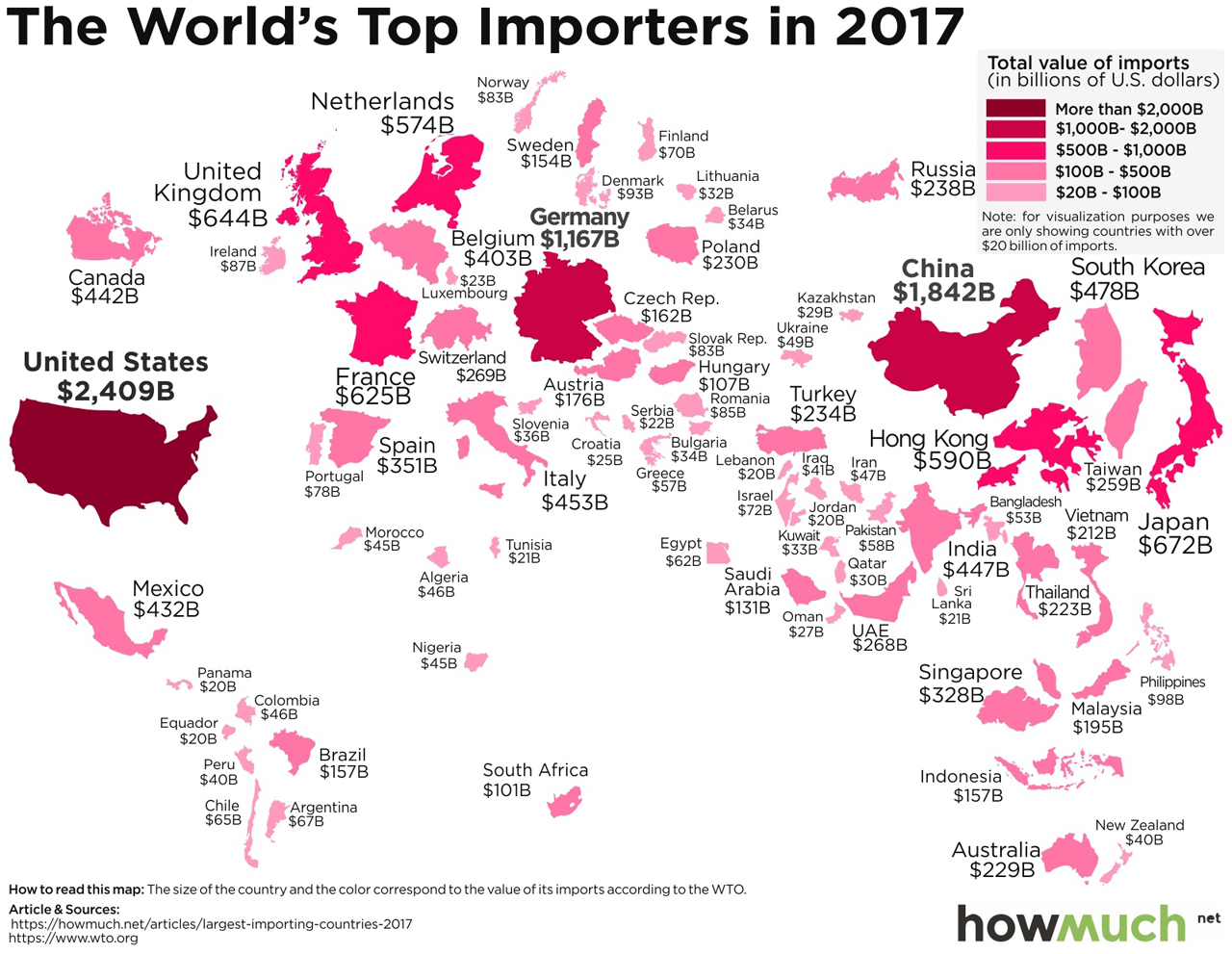
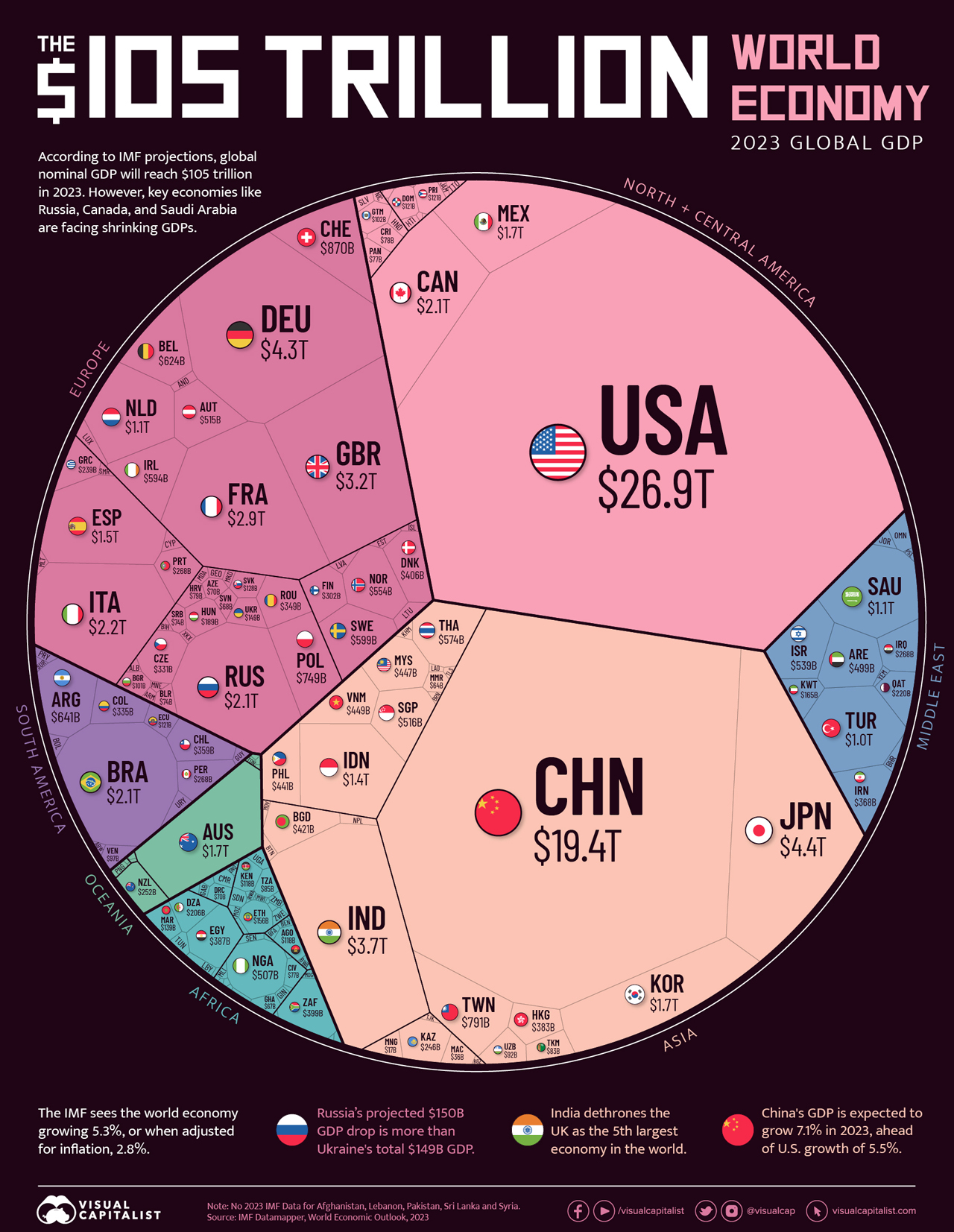
Getting Export-Import Help
There is no shortage of resources for anyone who wishes to be an active participant in the International Sector. Within any given country, helpful resources run the gamut from assistance offered by private citizens, by for-profit companies, by non-profit organizations, and by local, state, and national governmental agencies.
Take the USA, for instance. At the national (federal) governmental level alone, there are multiple agencies engaged in the task of promoting and facilitating international trade. The next two graphics depict some of the USA national governmental agencies that have been given the task of effecting and executing international and foreign trade policies.
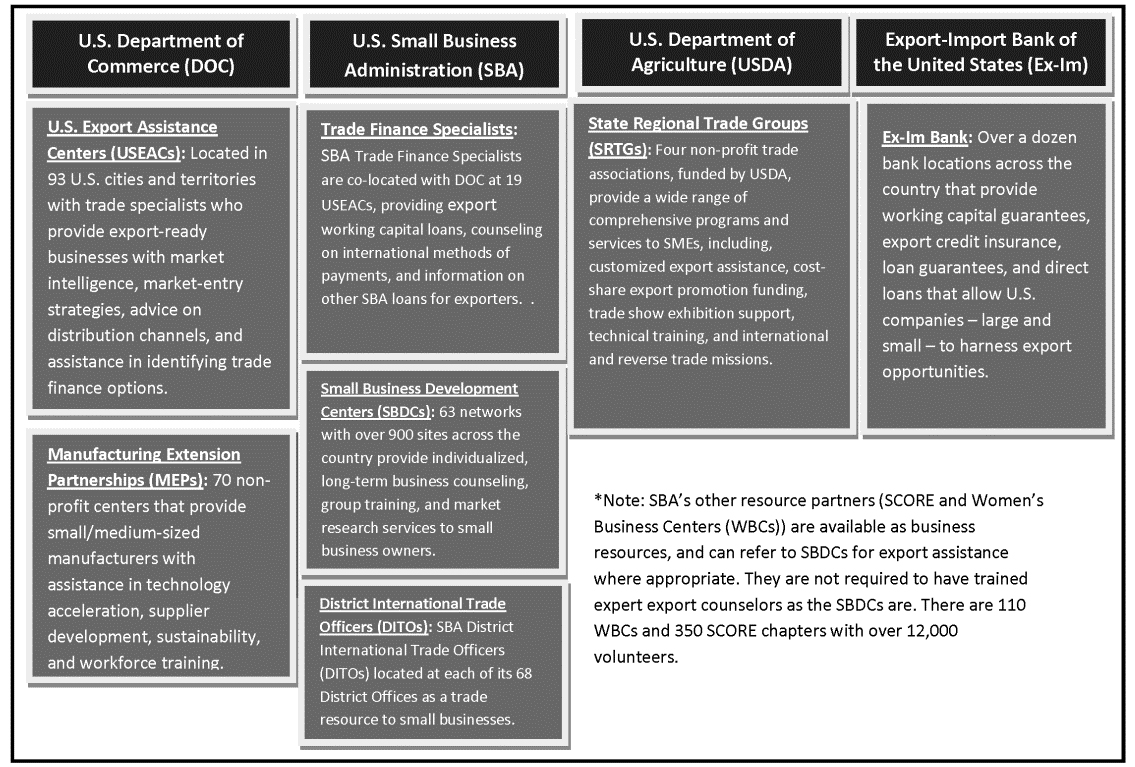

In the USA, for instance, a necessary beginning point to find help with international and foreign trade matters would be its trade.gov, ustr.gov, census.gov, usatrade.census.gov, and sba.gov websites. Google, too, has introduced a trade-related search page. LinkedIn has posted a list of trade-related available jobs. Export Connect has compiled a collection of resources and tools to assist in navigating the export sector.
Globalization Vis-à-vis Expanding Trade
With the information presented above, welcome to the International Sector. Consider taking the plunge into the world of international and foreign trade buttressed, of course, by an abundance of due diligence.
This page is just scratching the surface, so to speak, when it comes to the topic of international and foreign trade. Overlooked or absent on this page, for instance, is a discussion of subjects such as trade agreements, trade alliances, trade areas, trading blocs, trade statuses, trade offices, trade barriers, etc. between countries. Organizations such as the World Trade Organization, World Customs Organization, and UN Trade and Development (UNCTAD) seek to surmount and redress ongoing shortcomings and challenges that presently exist in the International Sector.

Watch (International Trade Explained | World101)

Click here to visit website: 10 things the WTO can do
Watch (What Is Globalization? Understand Our Interconnected World | World101 CFR)
Scroll up